We all know that a great skincare routine isn’t complete without an exfoliating product used at least once per week! The hardest part is simply choosing an exfoliant that’s right for you and your skin!
Exfoliation is the process of removing dead skin cells from your skin’s surface – the epidermis, which assists in the skin’s natural cell turnover. You may or may not know that there are different types of exfoliants on the market. Today, we will get to know the difference between chemical and mechanical (aka. physical) exfoliants.
Generally speaking, chemical exfoliants use enzymes, AHA’s, BHA’s, or a combination, to dissolve or “eat away” at the dead skin cells. A great example of at home and in-clinic chemical exfoliation is a chemical peel. Mechanical exfoliation involves tools or products that physically buff away the dead skin cells (think scrub or microdermabrasion – for in-clinic treatments).
The benefits of regular exfoliation include:
- Unclogging pores.
- Reduce the appearance of fine lines and wrinkles.
- Helps to prep the skin to be able to absorb consecutive products more easily.
- Stimulates the skin.
- Assists in pigmentation reduction.
- Smoothes and refines the skin.
Let’s break down the difference between the two, and discover whether a chemical or physical exfoliant is the best for your skin type!
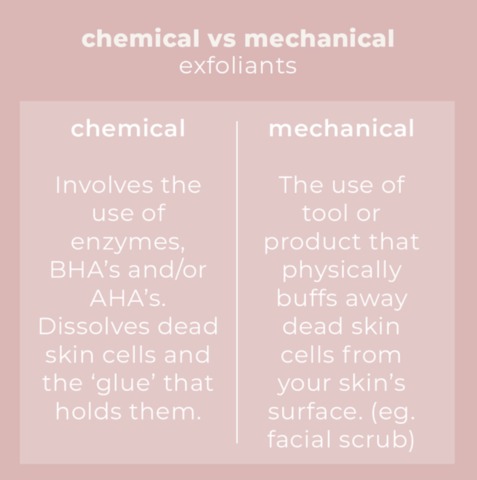
Chemical Exfoliant:
Benefits:
Despite what the name suggests, chemical exfoliants are generally gentler on the skin than mechanical exfoliants. As discussed previously, instead of ‘buffing’ away the dead skin cells like physical exfoliants, chemical exfoliants gently break down, or eat, the dead skin cells that are ready to go. This means that there is little-to-no risk of over-exfoliating the skin, which can sometimes happen with physical exfoliants.
Suited skin types:
Chemical exfoliants are suitable for acne-prone skin, dry skin and sensitive skin (depending on the product). Chemical exfoliants are especially effective on ageing skins for smoothing and hydration of the skin.
Product Recommendations:
Aspect Fruit Enzyme Mask 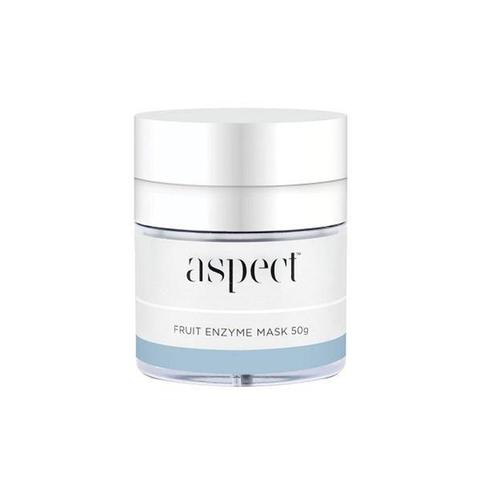
Shop Aspect Fruit Enzyme Mask here.
Dermalogica Rapid Reveal Peel
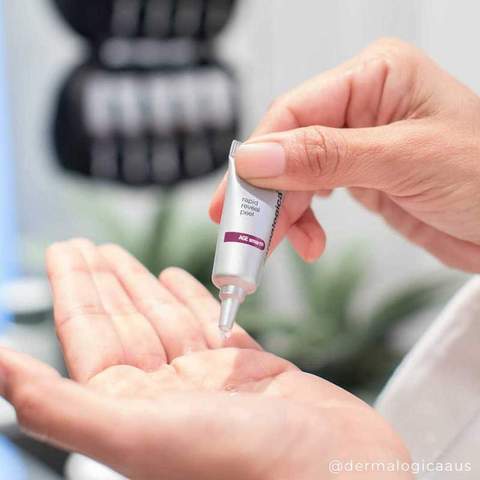
Shop Dermalogica Rapid Reveal Peel here.
Eminence Strawberry & Rhubarb Dermafoliant

Shop Eminence Strawberry Rhubarb Dermafoliant here.
ASAP Liquid Platinum
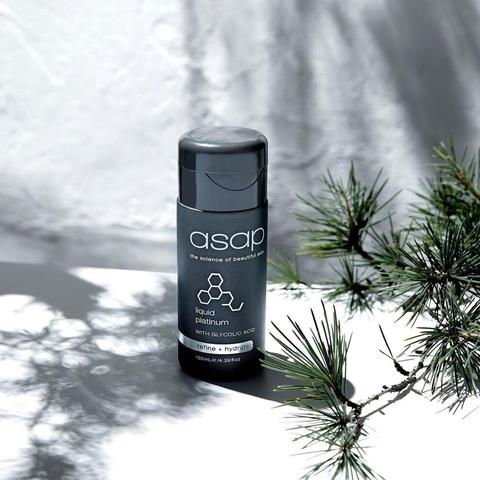
Mechanical Exfoliant:
Benefits:
Mechanical, or physical, exfoliants harness the power of micro-beads, small granules, or natural minerals to gently buff the skin. The best type of physical exfoliants will have finer beads or granules, that will gently slough away the dead skin cells, but will not be overly abrasive on the skin.
Suited Skin Type:
Physical exfoliation can sometimes be a little too abrasive and irritating for sensitive or acneic skins, so as a general rule, you would avoid mechanical exfoliation if you fall into this category of skin type or concern.
Product Recommendations:
Payot Gommage Douceur Framboise Gel
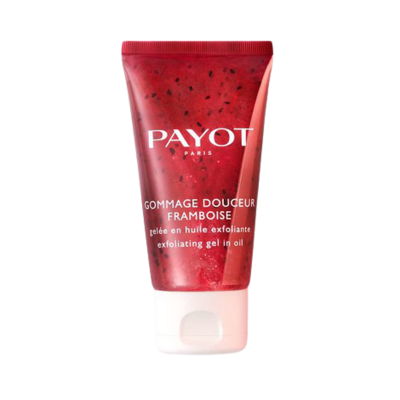
Shop Payot Gommage Douceur Framboise here.
Pear & poppyseed Microderm Polisher
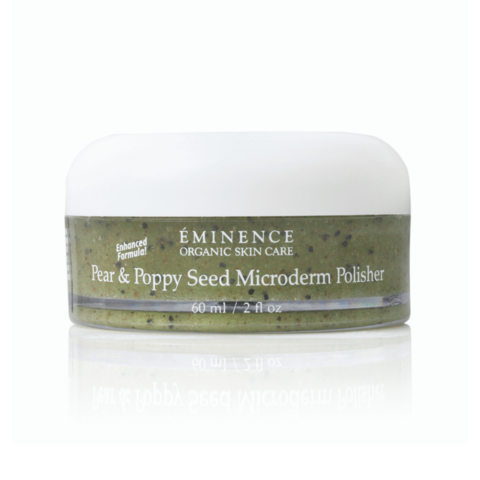
Shop Eminence Pear & Poppy Seed Microderm Polisher here.
Revision Finishing Touch

Shop Revision Finishing Touch here.
Both Chemical and Physical
You might often find products that have both chemical and physical exfoliating ingredients. These products are effective for many skin types, including ageing and dry skin.
Skinstitut Glycolic Scrub 12%

Shop Skinstitut Glycolic Scrub here
Medik8 Pore Refining Scrub
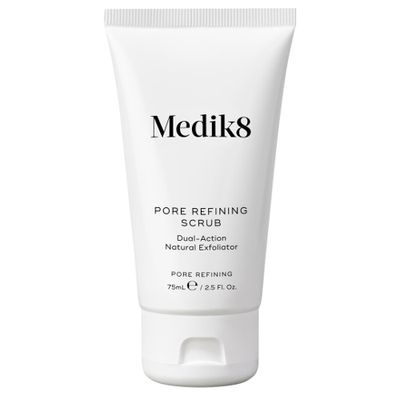
Shop Medik8 Pore Refining Scrub here.
ASAP Daily Facial Exfoliating Scrub

Shop Daily Exfoliating Facial Scrub here.
Remember – even if you have oily and congested skin, it’s important not to overdo the exfoliating! Over exfoliation can result in stripping the skin of natural oils and barrier function, dry patches and sometimes aggrevation of certain skin conditions. A very general rule would be to exfoliate at least once per week, and more if you have oily skin.

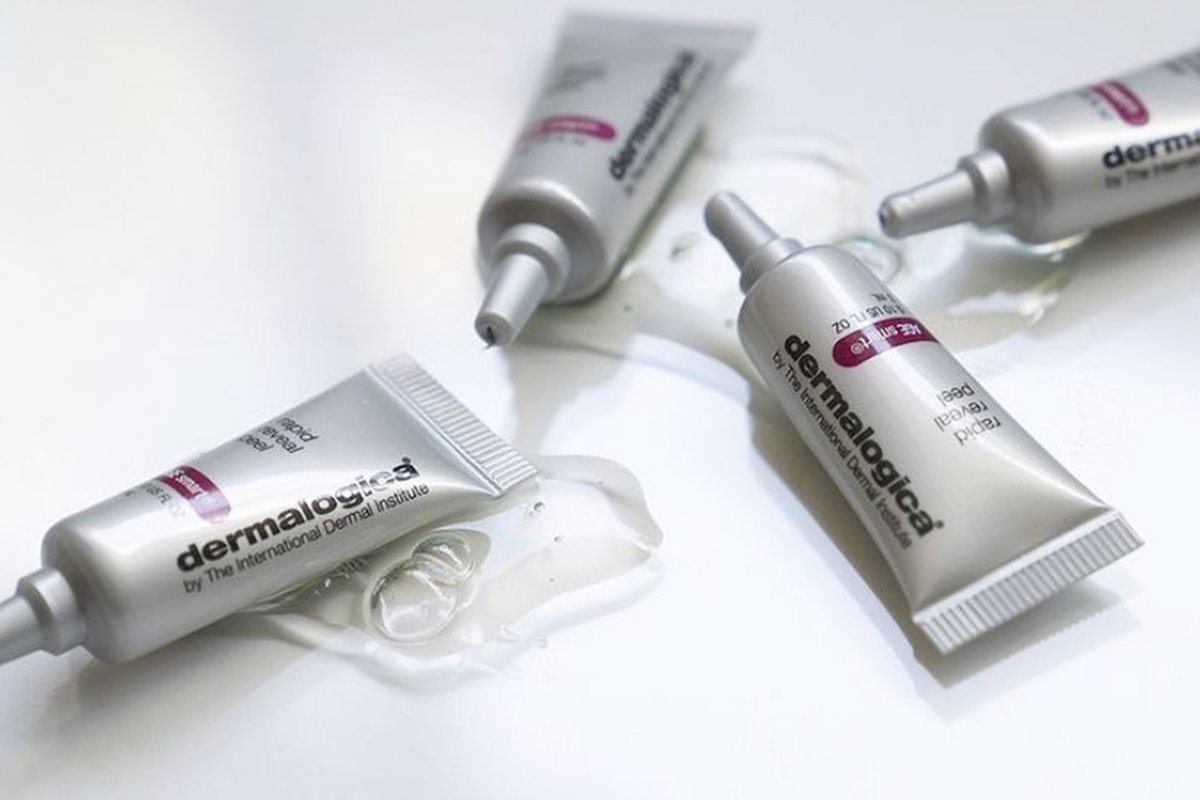
0 Comments for “Chemical vs. Mechanical Exfoliation: What’s the Difference?”